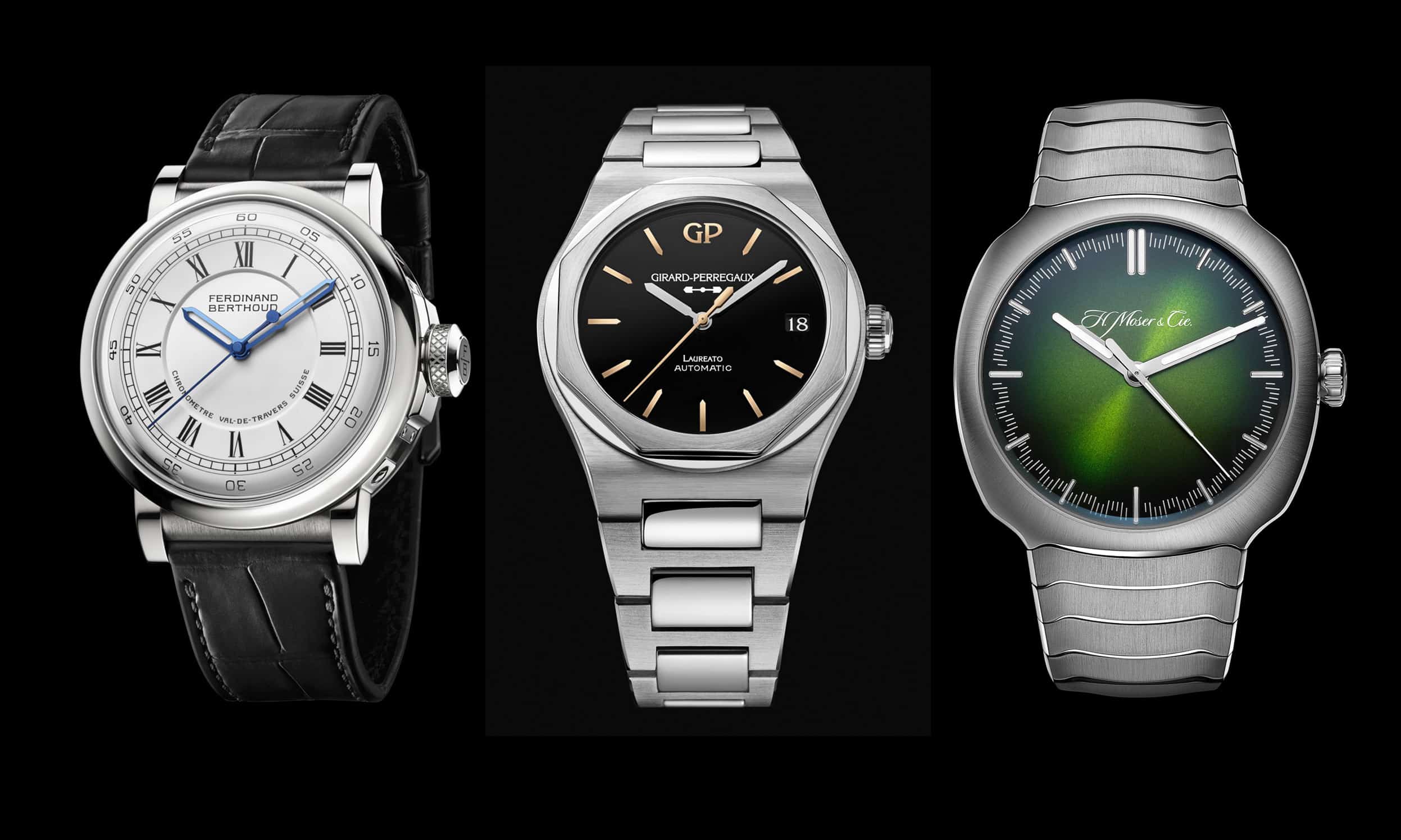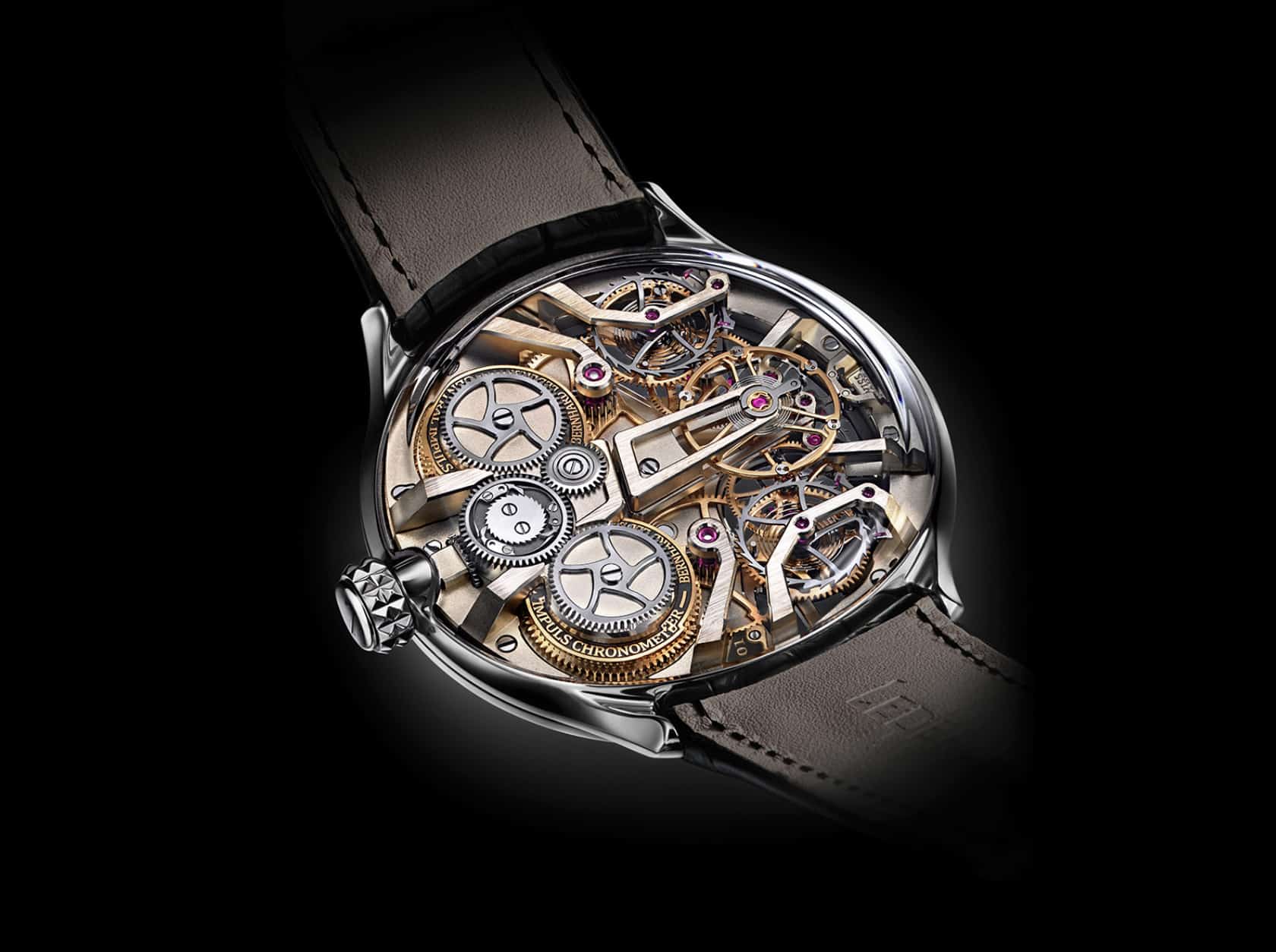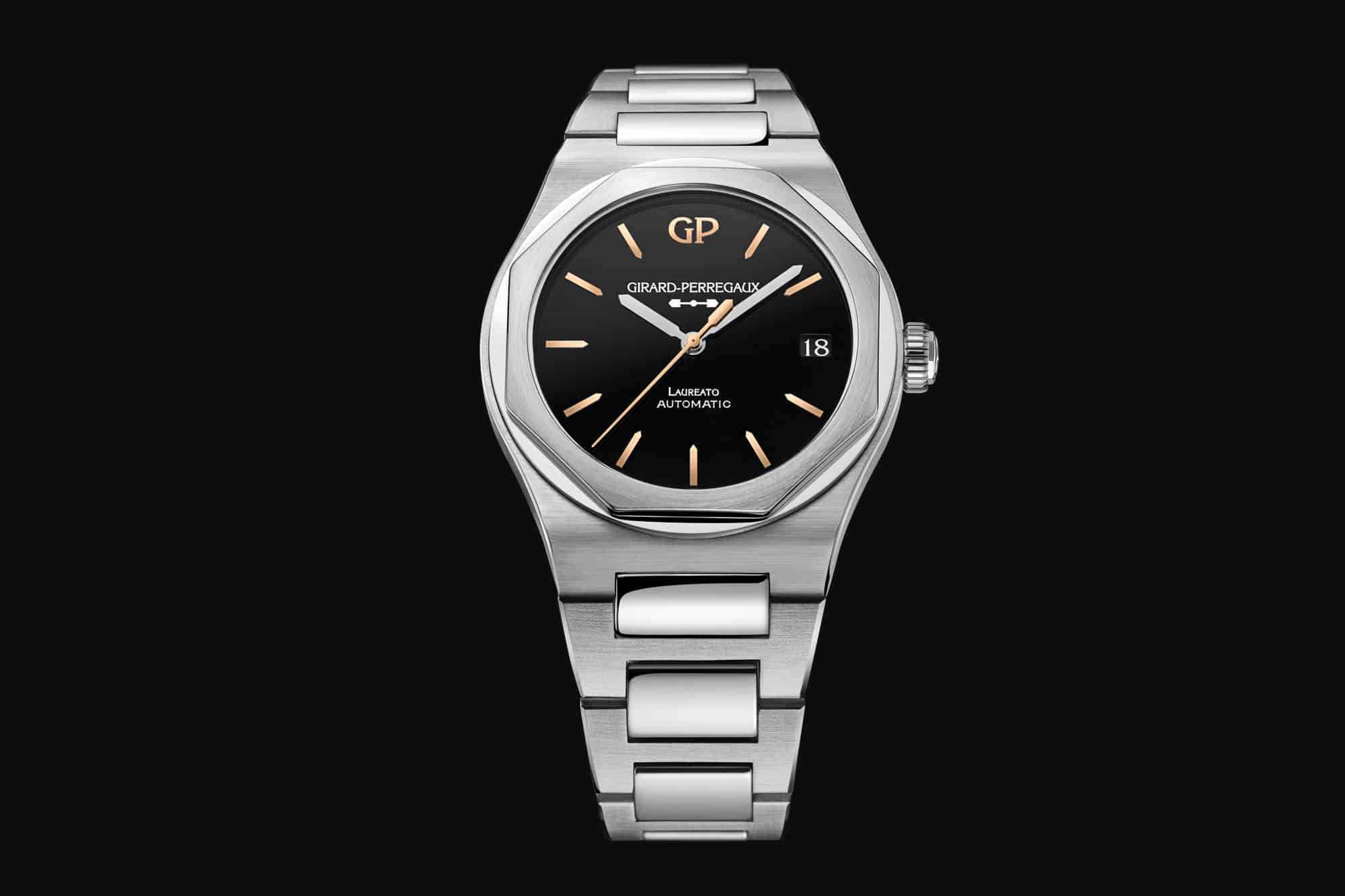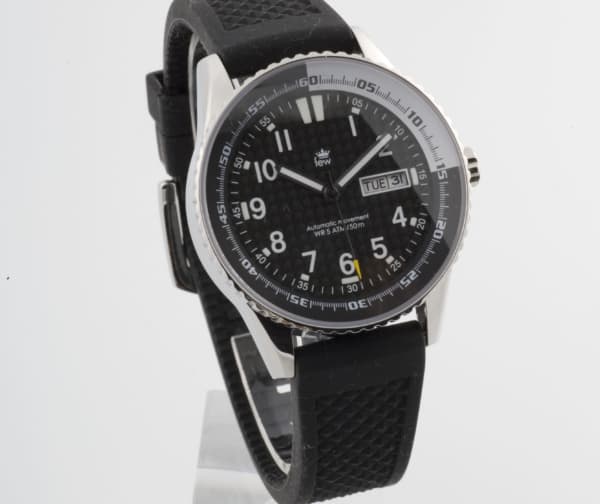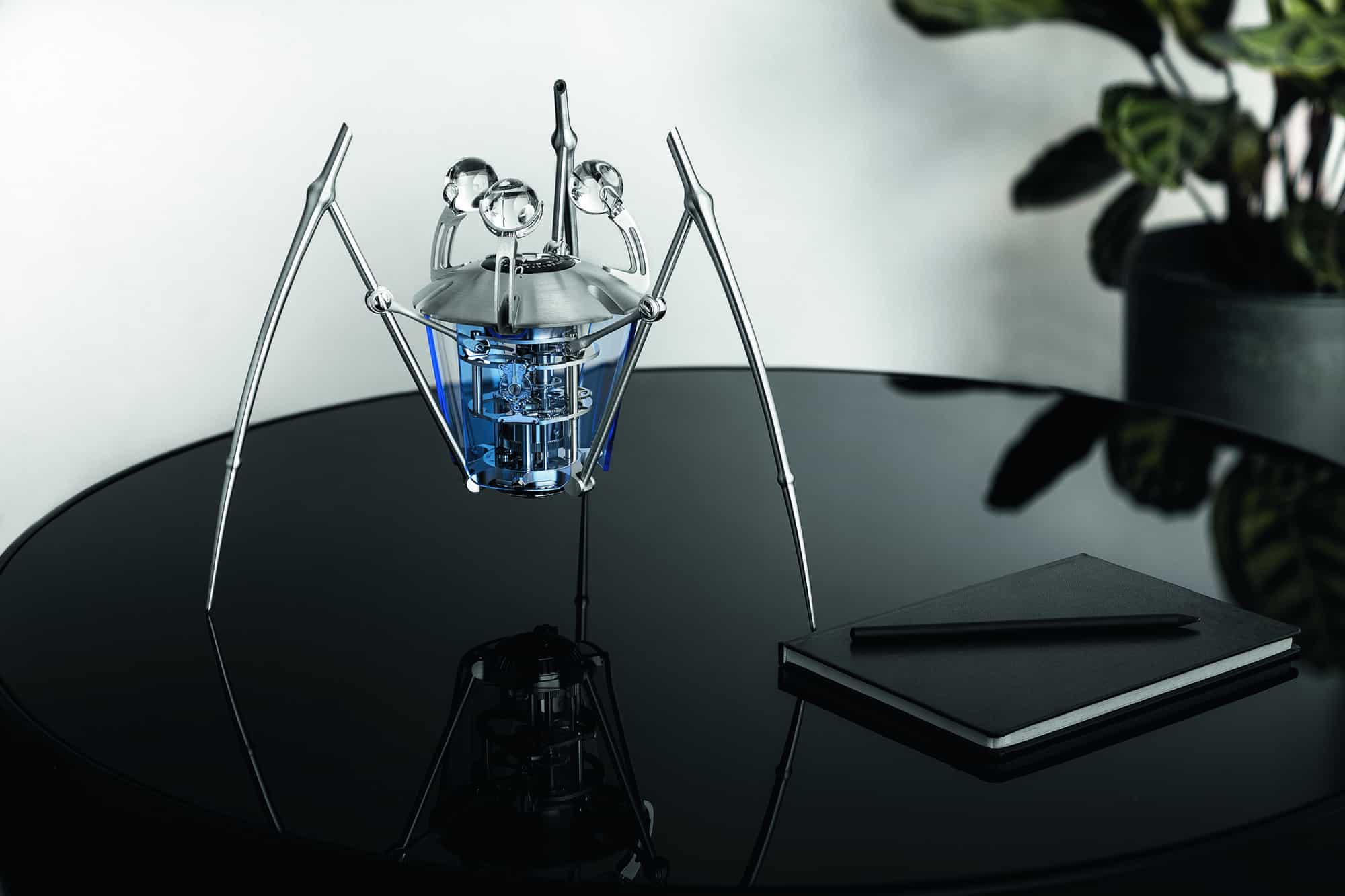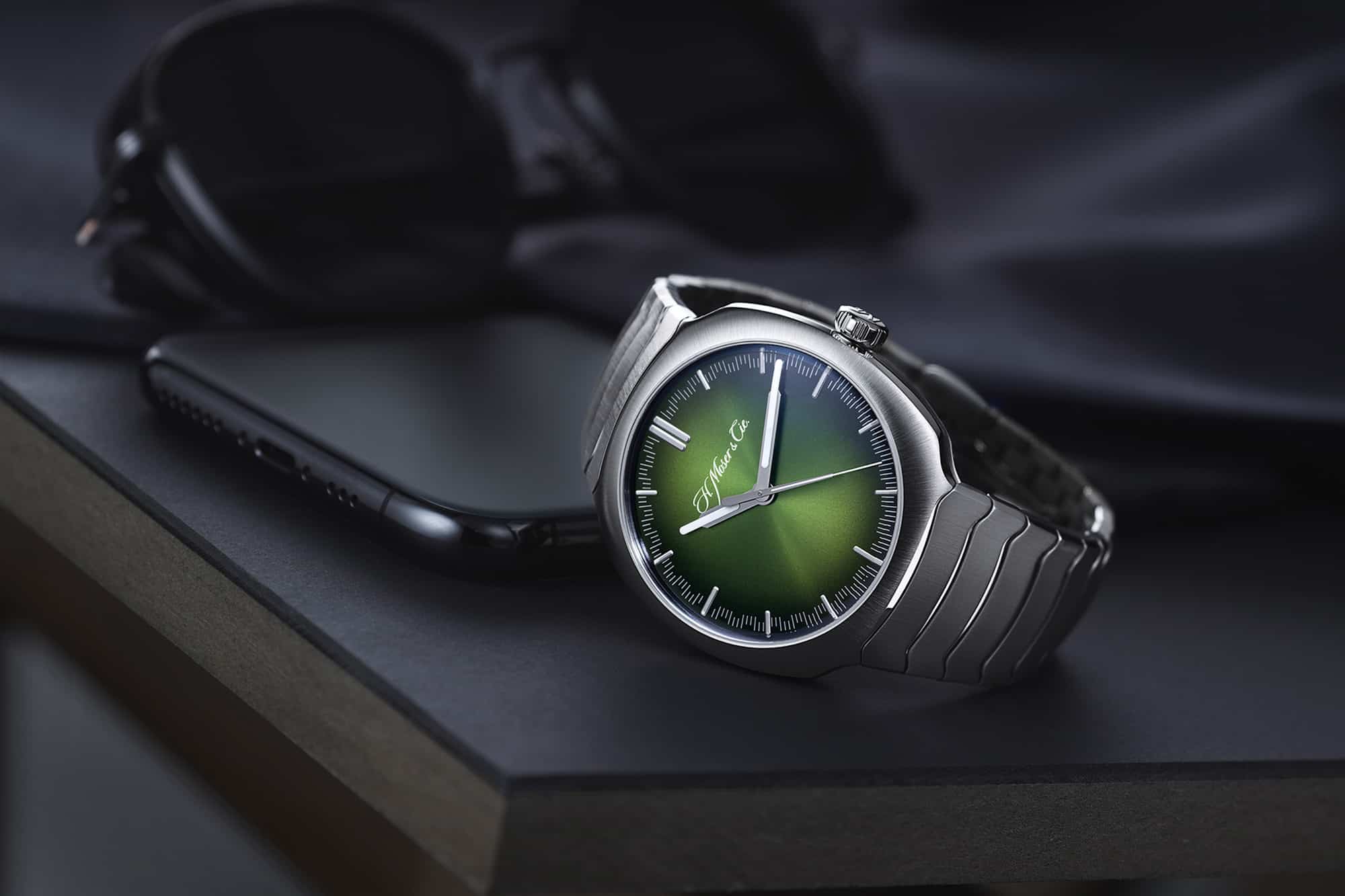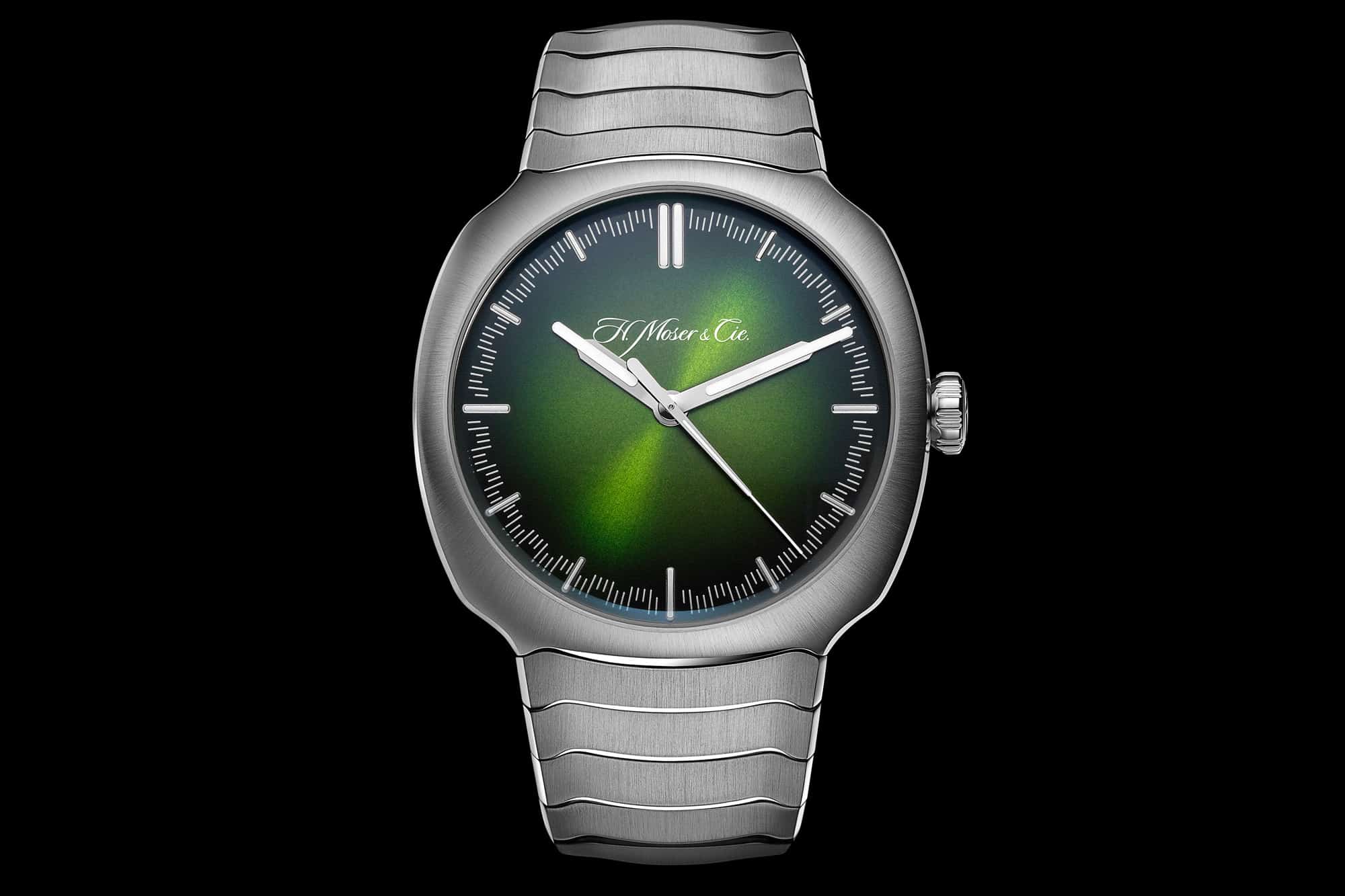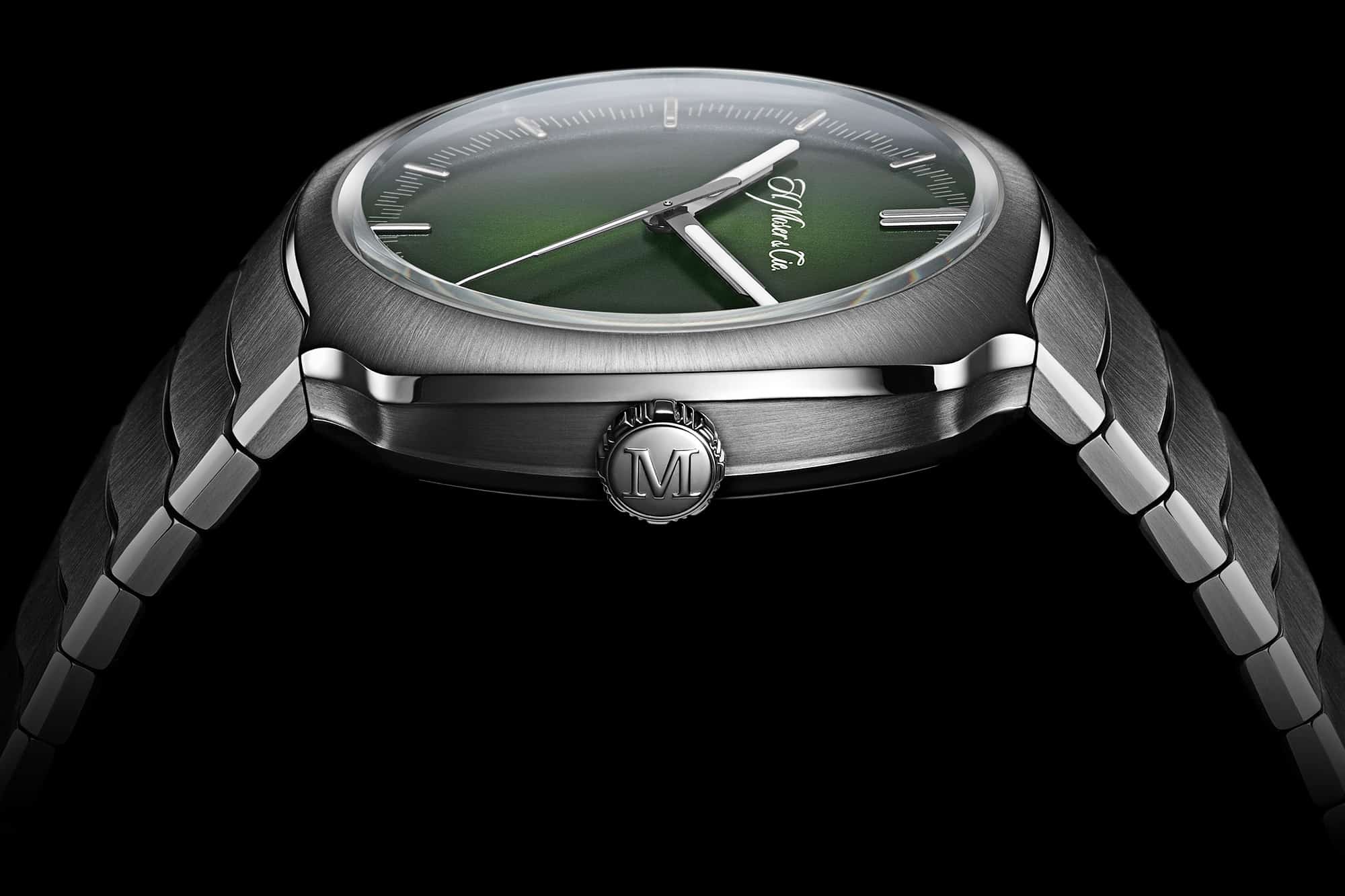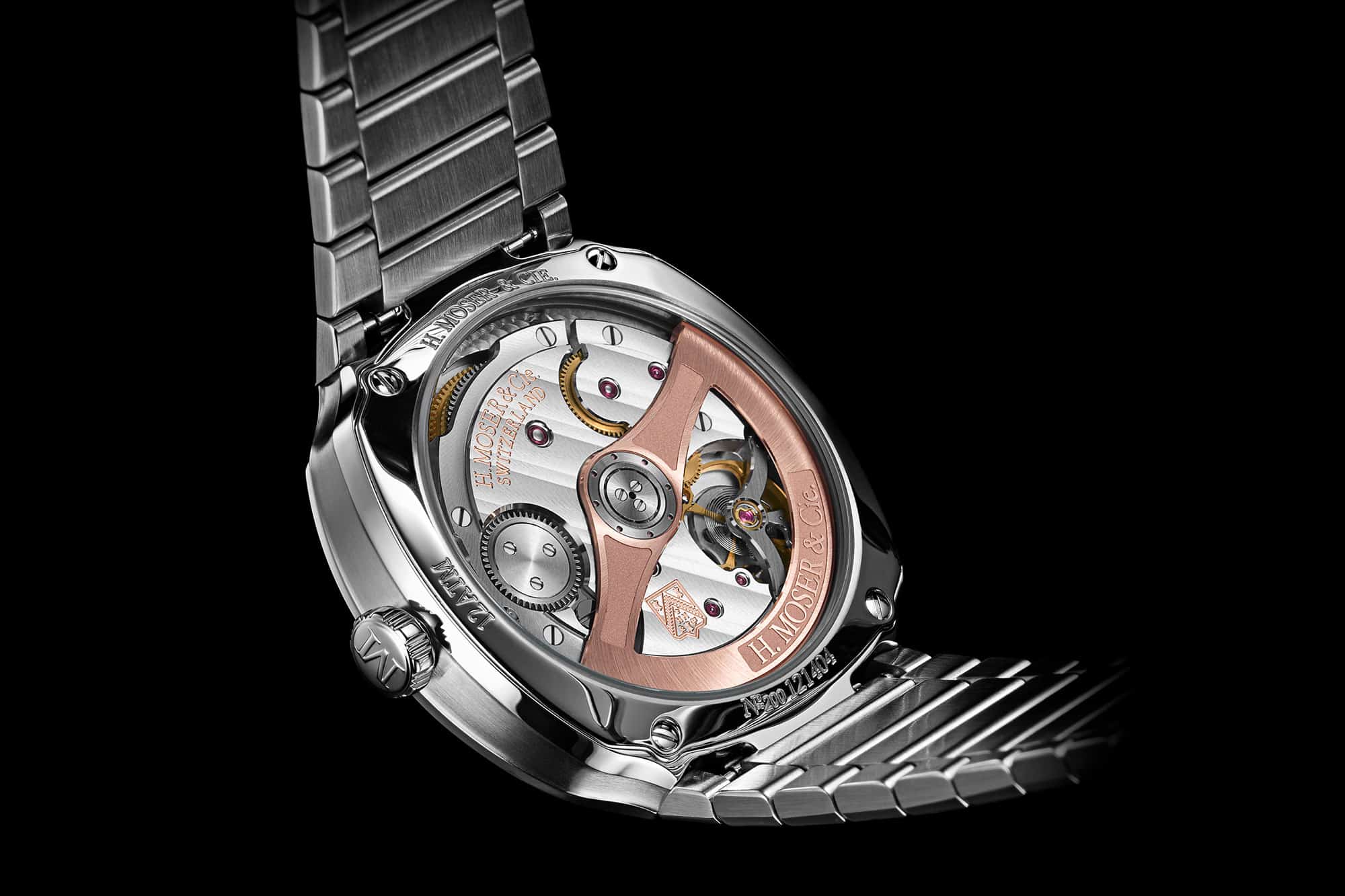A full technical breakdown of the Central Impulse Chronometer is impossible within the scope of this short Geneva Watch Days highlight reel, but the gist is this: Lederer’s caliber uses a natural escapement, and is powered by twin gear trains, each of which is equipped with a ten-second remontoir. A rementoir is an ingenious watchmaking trick that allows constant force to be delivered to the escapement throughout a watch’s power reserve (accuracy tends to worsen as energy from the mainspring is depleted). A remontoir is wound up by the mainspring at a regular interval as long as it has power left in it, and impulses the escapement at a regular rate throughout the power cycle. And the CIC has two of them. It’s wildly complex, and worth taking a deep dive into, but even without expert knowledge of the mechanism, it’s easy to appreciate the mechanical artistry at play in Lederer’s beautiful creation. The Central Impulse Chronometer is available in both rose and white gold, in editions of 50 each. The retail price is CHF 128,000, and you can read much more right here.
Girard Perregaux Laureato
We touched on Girard Perregaux’s Laureato earlier this summer in our guide to forgotten watch brands. In the constant conversation around stainless steel integrated bracelet sports watches, the Laureato never seems to get its due. We’re unsure if the new “Infinity Edition” will do much to change that, but it definitely has a certain charm, and calls back to the original Laureato in interesting and subtle ways.
![]()
Girard Perregaux released several watches under the Infinity Edition banner this year, and they all include black dials made from onyx. Onyx dials are nothing new – they’ve been used in watches for years, mainly dressier timepieces, but they haven’t really been in fashion since the 80s. Working with onyx stones is difficult, but proper polishing leaves you with a black that is mirror-like, and gives a very different impression than a dial made from more traditional materials. On the Laureato, with pink gold accents, it gives the watch a retro vibe that’s in keeping with the use of onyx, and that period in the 70s when the Laureato was first introduced in a very different form factor, upon a watch landscape that is completely foreign to the one we now find ourselves in. It feels like a different type of throwback when it’s the materials and not the design that reaches back to the past, and I think that’s where this Laureato is appealing: modern manufacturing and movement tech, contemporary sizing, but a dial that’s straight out of the period when the watch originated. The Infinity Edition Laureato is limited to 188 pieces, with a price set at $13,200. Read more here.









 Featured Videos
Featured Videos




